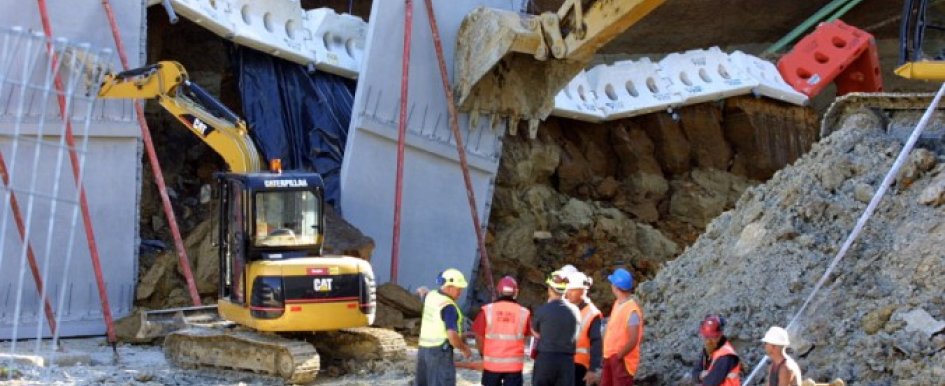
Collectively bargained workers' compensation gives building trade unions and union contractors the ability to create their own workers' comp system, tailored to their specific needs. You may have also heard of collectively bargained workers' compensation referred to as "carve outs" in the traditional workers' compensation system. This type of workers' compensation is currently legally permissible in the following states: California, Florida, Massachusetts, Maine, Kentucky, New York, Hawaii and Minnesota. Each state has its own restrictions regarding this type of workers' compensation, so be sure to read up on any applicable restrictions in your state. In general, collectively bargained workers' compensation mutually benefits both the employer and the employee. Here are some key reasons to consider this type of workers' compensation, if it's legal in your state:
- With this type of system, you work with your employees to pick out exclusive medical networks. In the case of worker injury, your workers will know who to go to for care. This simplifies the process of making sure their injuries are treated for both them and you.
- You and your employees also designate approved occupational specialists to help ease the transition back to work for injured employees while ensuring that they receive treatment from qualified specialists in a timely manner.
- An alternative dispute resolution process is a major benefit of collectively bargained worker's compensation. It establishes an agreed-upon protocol should any disagreements arise in handling claims. It ultimately helps protect both you and your workers and helps prevent unnecessary delays in assistance for your workers.
- As previously mentioned, dispute resolution is typically sped up. Collectively bargained workers' compensation agreements generally have specific timelines for handling things. This ensures that there are not any surprises or postponements for everyone involved.
- Rather than using the Workers' Compensation Appeals Board and applicant attorneys, disputes are often handled by an ombudsman who can answer questions and provide guidance to involved parties without all of the red tape typically associated with workers' comp situations.
- If the ombudsman can't settle disputes, they are escalated to a mediator, who makes a decision based on a timeframe you specify.
- Very few claims go past the ombudsman level. This means fewer complications and frustrations overall.
- Loss-time injury days are often reduced with this option. Employees are back at work sooner, which means more job stability for them and more productivity for you.
- Because of the reduced amount of time employees typically take off with this kind of workers' comp agreement, retention of applicable employees is often increased. This means you won't have to unnecessarily go through the legwork of hiring and training new employees.
- You won't have to reinvent the wheel when you establish your protocol for workers' comp. Labor unions already have collectively bargained workers' compensation agreements you can use and modify for your purposes.
Collectively bargained workers' compensation can create a win-win situation for you and any of your employees should they be injured. We recommend looking into it if it's an option in your state, and we recommend considering how you can simplify your workers' comp system in any way. Ensuring the best and most timely care for your employees should always be your top concern.
